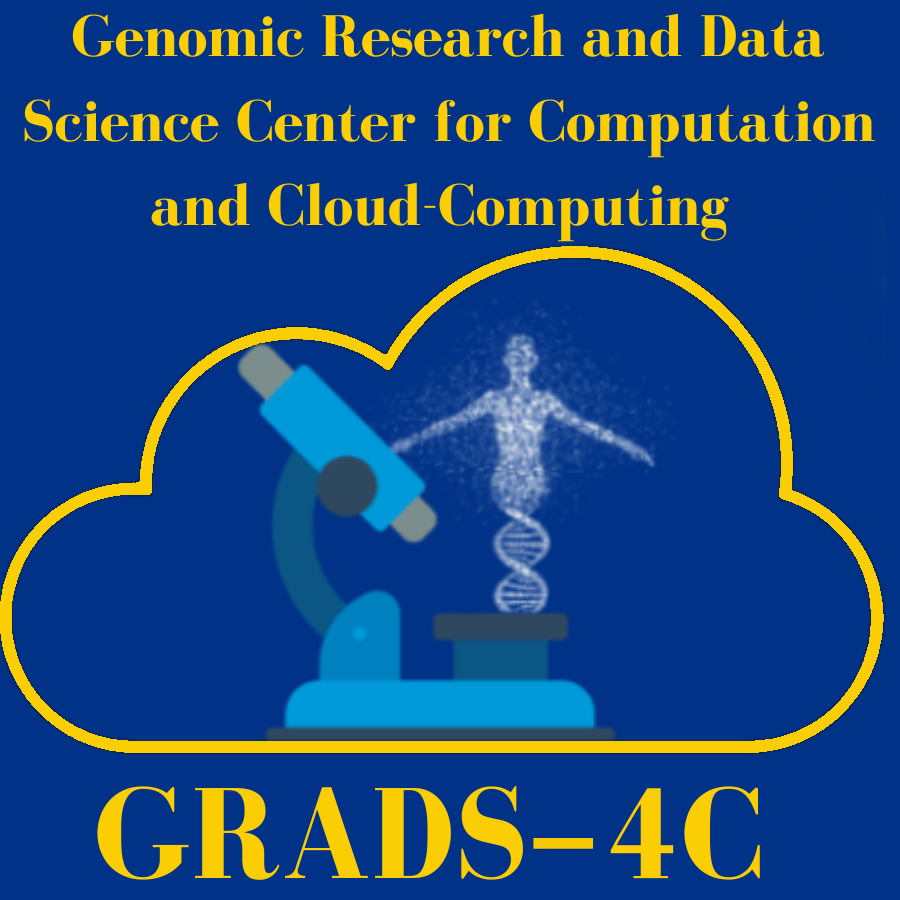
Summary of Key Points
What Are Computational Notebooks?
Computational notebooks are interactive, document-based environments that allow users to combine code execution, narrative text, visualizations, and other rich media into a single cohesive document. These notebooks have become essential tools for data science, machine learning, and scientific research, as they provide a versatile platform for exploratory data analysis, code sharing, and collaboration.
Key Features of Computational Notebooks
- Interactive Code Execution: Computational notebooks allow users to write and execute code in a variety of programming languages, such as Python, R, Julia, and more. This interactivity lets users test hypotheses, run simulations, and explore data in real-time without switching between different tools.
- Mixing Code with Text: One of the defining characteristics of computational notebooks is their ability to intersperse executable code with text explanations, formulas, and annotations. This combination of narrative and computation makes them ideal for teaching, documentation, and sharing research findings.
- Visualizations: Computational notebooks can generate dynamic visualizations, such as graphs, plots, and charts, often in real-time as the underlying data changes. These visuals enhance the understanding of complex datasets and make it easier to present insights.
- Reproducibility: Notebooks provide a self-contained environment where all steps of an analysis — from data loading to final results — are documented and can be rerun. This ensures that analyses are reproducible and can be validated by others.
- Sharing and Collaboration: Computational notebooks can be easily shared with others, allowing for collaborative coding, peer reviews, and discussions. Platforms like Jupyter Notebooks, Google Colab, and Azure Notebooks allow users to collaborate on projects by running, editing, and commenting on notebooks.
Popular Platforms for Computational Notebooks
- Jupyter Notebooks: One of the most widely used platforms, Jupyter Notebooks supports a variety of programming languages, and is especially popular in data science and academic research. It allows users to write code, run analyses, and visualize results all within a browser-based interface.
- Google Colab: An online version of Jupyter, Google Colab offers cloud-based execution of code, which eliminates the need for local setup and provides easy sharing via Google Drive.
- Microsoft Azure Notebooks: A cloud-based platform that offers similar functionality to Jupyter Notebooks with added scalability for enterprise solutions.
Why use them in data science, research, and education?
- Data Exploration and Analysis: Notebooks are ideal for exploring large datasets, testing statistical models, and visualizing trends. Researchers and data scientists often use them to experiment with different algorithms and tune models in real-time.
- Educational Use: Computational notebooks serve as excellent teaching tools in programming and data science courses, as they allow instructors to create interactive tutorials where students can experiment with code and see the results instantly.
- Research Documentation: For academic researchers, notebooks provide a transparent way to document their methods, results, and code. They are often used in scientific publications to supplement research papers, making it easier for peers to replicate findings.
Application Tools
Learning Activities
N/a